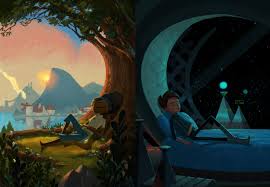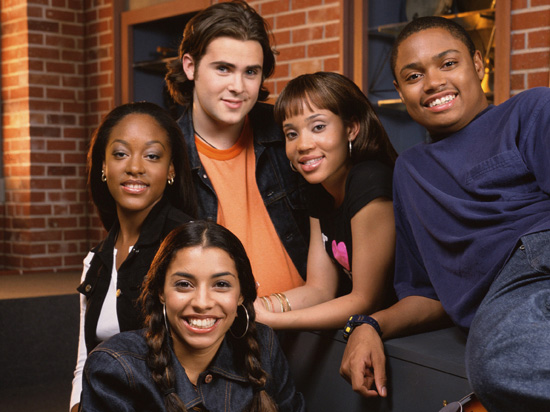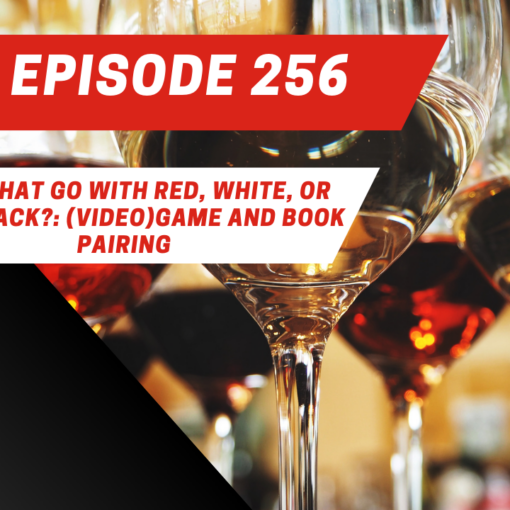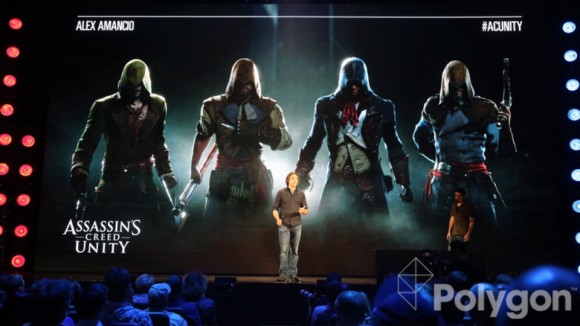Spoiler Warning: The ending of several Legend of Zelda games up to Skyward Sword are going to be disclosed. I will unfortunately not be discussing Breath of the Wild in this article, as I have yet to play the game and I am attempting to avoid plot elements so I can play it as blindly as possible.
Nintendo has never been, in my opinion, on the frontlines when it comes to progressive representation in games. Nearly all their most iconic IP’s: Mario & Luigi, Link, Olimar, Ness, to name a few, are all male heroes who were selected to venture out into the world and embark on epic quests to fight against the evils that were threatening to take over their worlds. Oftentimes a damsel in distress is thrown in for the hero to pine after and eventually save when they inevitably achieve victory over the antagonist.
Games that give the option to choose your hero’s gender don’t fare much better: both Pokémon and Animal Crossing suffer the same fate of feminizing the young female characters to an offensive degree. The young girl characters in Pokémon all seem to wear either booty shorts or extremely short skirts, while also toting all their items around in a small purse instead of a more conventional backpack that the boy character carries. In Animal Crossing, choosing to play as a girl means you must be called “cute,” and any gender specific articles of clothing for females is also placed under this label; there is also a newer feature in AC: New Leaf where if you wear a dress your character proceeds to run around with their arms flailing by their head, somewhat akin to a stereotypical Japanese schoolgirl in a bad anime.
However, Nintendo has also had some fairly successful female character implementations in the past; Samus Aran being the prime example (get it, Prime example?). She’s an alien fighting bounty hunter, and her character was so strong and powerful nearly every gamer assumed she was male in her debut game until the 100% ending revealed otherwise.
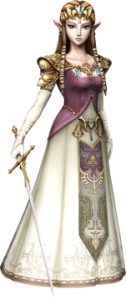 But there’s one character in particular who is something of an enigma, and that is Princess Zelda. She is the rival princess to Peach from the Mario series, ruler of Hyrule and its people, and possessor of the Triforce of Wisdom, a piece of the most powerful artifact in the Hyrulean universe. She holds innate magical abilities that are enhanced when in possession of the Triforce piece such as telepathy, healing, and the ability to wield light magic. As holder of the Triforce of Wisdom, she also gains divine sight, able to see visions of future events long before they occur and help put a stop to them if she sees the potential for evil to reign. Oftentimes Link cannot fulfill his quest of defeating the ultimate evil without Zelda’s help, both in and out of battle. And since each of the Zelda games is considered a reincarnation of the main heroes, her personality and strength vary from game to game, typically growing more powerful and more independent with each new iteration.
But there’s one character in particular who is something of an enigma, and that is Princess Zelda. She is the rival princess to Peach from the Mario series, ruler of Hyrule and its people, and possessor of the Triforce of Wisdom, a piece of the most powerful artifact in the Hyrulean universe. She holds innate magical abilities that are enhanced when in possession of the Triforce piece such as telepathy, healing, and the ability to wield light magic. As holder of the Triforce of Wisdom, she also gains divine sight, able to see visions of future events long before they occur and help put a stop to them if she sees the potential for evil to reign. Oftentimes Link cannot fulfill his quest of defeating the ultimate evil without Zelda’s help, both in and out of battle. And since each of the Zelda games is considered a reincarnation of the main heroes, her personality and strength vary from game to game, typically growing more powerful and more independent with each new iteration.
Except sometimes she doesn’t.
The biggest problem with Zelda in nearly every game of the franchise is her underutilization. She has the potential to be such a strong ally in each game with all of her abilities, but in many cases she is given very little screen time, and when she is present, she often helps Link but only by a little bit. For example, in Twilight Princess she is shown a total of three times throughout the entire game; the first time she gives Link vital information about the Twili world, the second time she uses her powers to heal a dying Midna, and the third she helps Link defeat Ganon after she herself is defeated by Link.
Wait, what was that? She fights Link first? Herein lies the second biggest problem with Zelda; even though she is depicted as a powerful ally and a competent battle companion, she is still thrust into the damsel in distress trope far too many times in the series. When she fights Link at the end of Twilight Princess, it is because her soul had grown weak after reviving Midna and Ganon subsequently captured and possessed her body. In Skyward Sword, Zelda travels the world and conquers dungeons faster than Link does, until learning she is the literal reincarnation of A GODDESS and at the end of the game she is still captured and rendered powerless!? Not to mention the fact that the games almost never show exactly how Zelda gets captured, it just sort of happens to add another degree of tension to the situation. This cycle of aid, capture, and fight arrives time and time again in the series, both before and after the aforementioned games in the series.
There have been some games where Link doesn’t even know Zelda is the one helping him, and these are 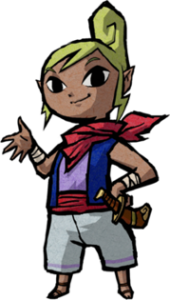 some of the best representations of her character. In Ocarina of Time, Zelda disguises herself as a Sheikah and learns martial arts to protect herself from Ganon and safely communicate with Link. In Wind Waker, Tetra is the leader of a gang of pirates that sail the seas and isn’t even aware she is Zelda’s descendent until late in the game. But once again the problems arise as soon as the connection to Zelda is revealed: Ocarina of Time Zelda is captured by Ganon immediately after revealing her true identity to Link, and Wind Waker Tetra is told to stay hidden away so that she isn’t captured once she discovers her lineage, effectively rendering her original character useless (and then she is captured anyways). In both instances, Zelda helps Link defeat Ganon in the final battle once they are freed, but it seems like they are somehow unable to fight until they are first rendered powerless.
some of the best representations of her character. In Ocarina of Time, Zelda disguises herself as a Sheikah and learns martial arts to protect herself from Ganon and safely communicate with Link. In Wind Waker, Tetra is the leader of a gang of pirates that sail the seas and isn’t even aware she is Zelda’s descendent until late in the game. But once again the problems arise as soon as the connection to Zelda is revealed: Ocarina of Time Zelda is captured by Ganon immediately after revealing her true identity to Link, and Wind Waker Tetra is told to stay hidden away so that she isn’t captured once she discovers her lineage, effectively rendering her original character useless (and then she is captured anyways). In both instances, Zelda helps Link defeat Ganon in the final battle once they are freed, but it seems like they are somehow unable to fight until they are first rendered powerless.
So why is it, then, that Zelda’s overall character is simultaneously so strong and yet so weak?
It most likely appears to be Nintendo’s poor attempt at balancing Zelda’s and Link’s power. After all, Link is the hero of the franchise, even though it isn’t even named after him. He can’t be shown up as weaker than another character, because that can make players upset, so they try and mute Zelda’s abilities through underutilization and archaic damsel tropes. Fortunately, this method doesn’t seem to be working anymore, as over the years there has been a larger and larger outcry from fans asking for a Zelda game where you can either actually play as Zelda, or at least a female reincarnation of Link. These questions surged once again at the initial revealing of Breath of the Wild, since it is the first true open world Zelda game to date. Nintendo producer Eiji Aonuma’s released an official response regarding the questions, and it is less than pleasing:
“If we made Link a female we thought that would mess with the balance of the Triforce. That’s why we decided not to do it.”
And then following that statement with:
“…if we have princess Zelda as the main character who fights, then what is Link going to do?”
Not only does the first statement make no sense, as the Triforce is already unbalanced with two out of the three characters being male, but also it is apparently too difficult to rewrite the lore and give Link some more useful abilities from his Triforce of Courage other than just fighting. Currently it seems like Nintendo is not entertaining the thought of having a gender swapped Link and Zelda, and they don’t have a single idea as to how to make a balanced game with Zelda as the protagonist, so it seems like the fans are out of luck and Nintendo has once again shot themselves in the foot in the eyes of critical gamers.

